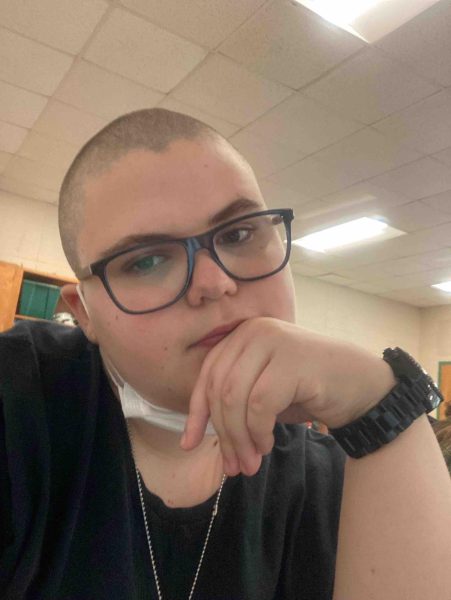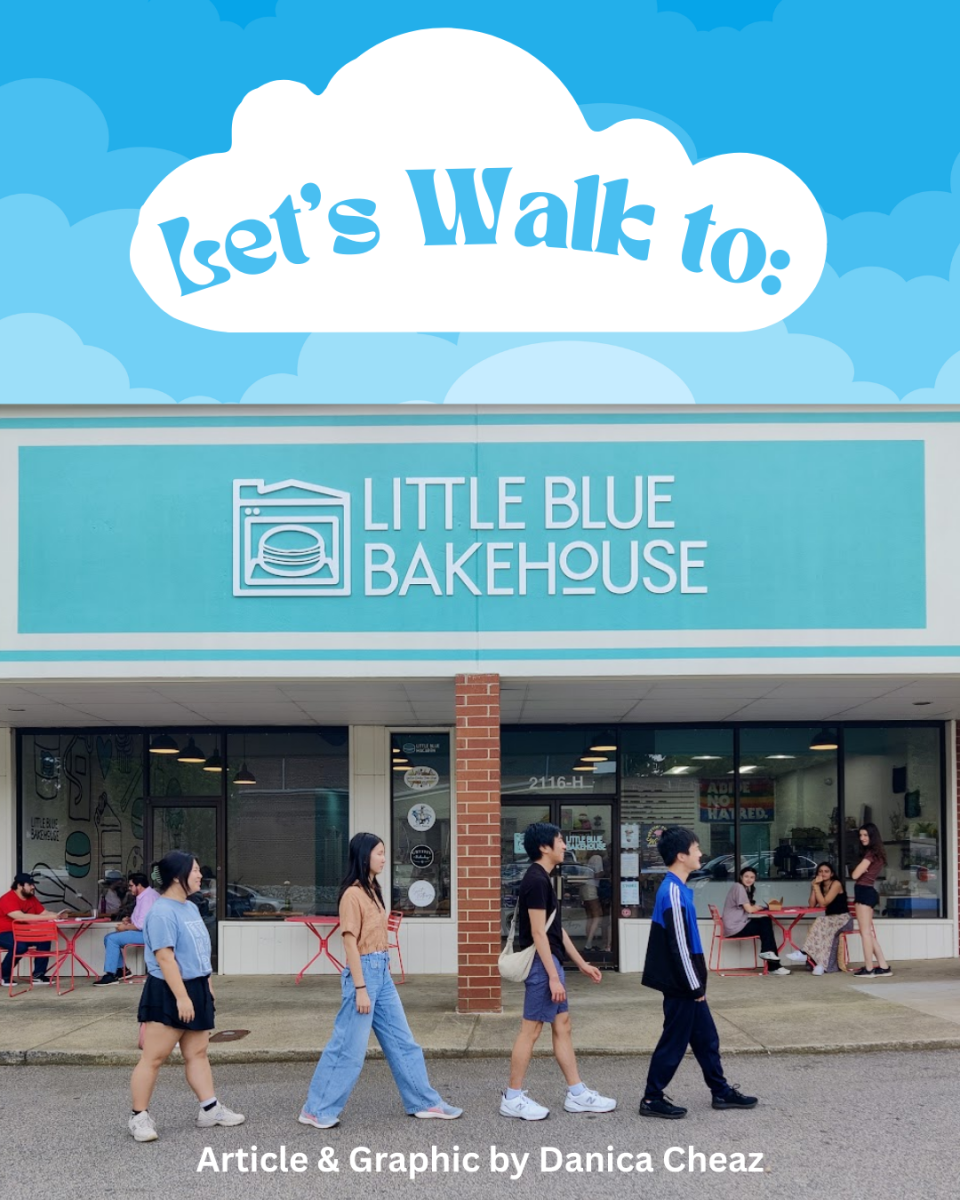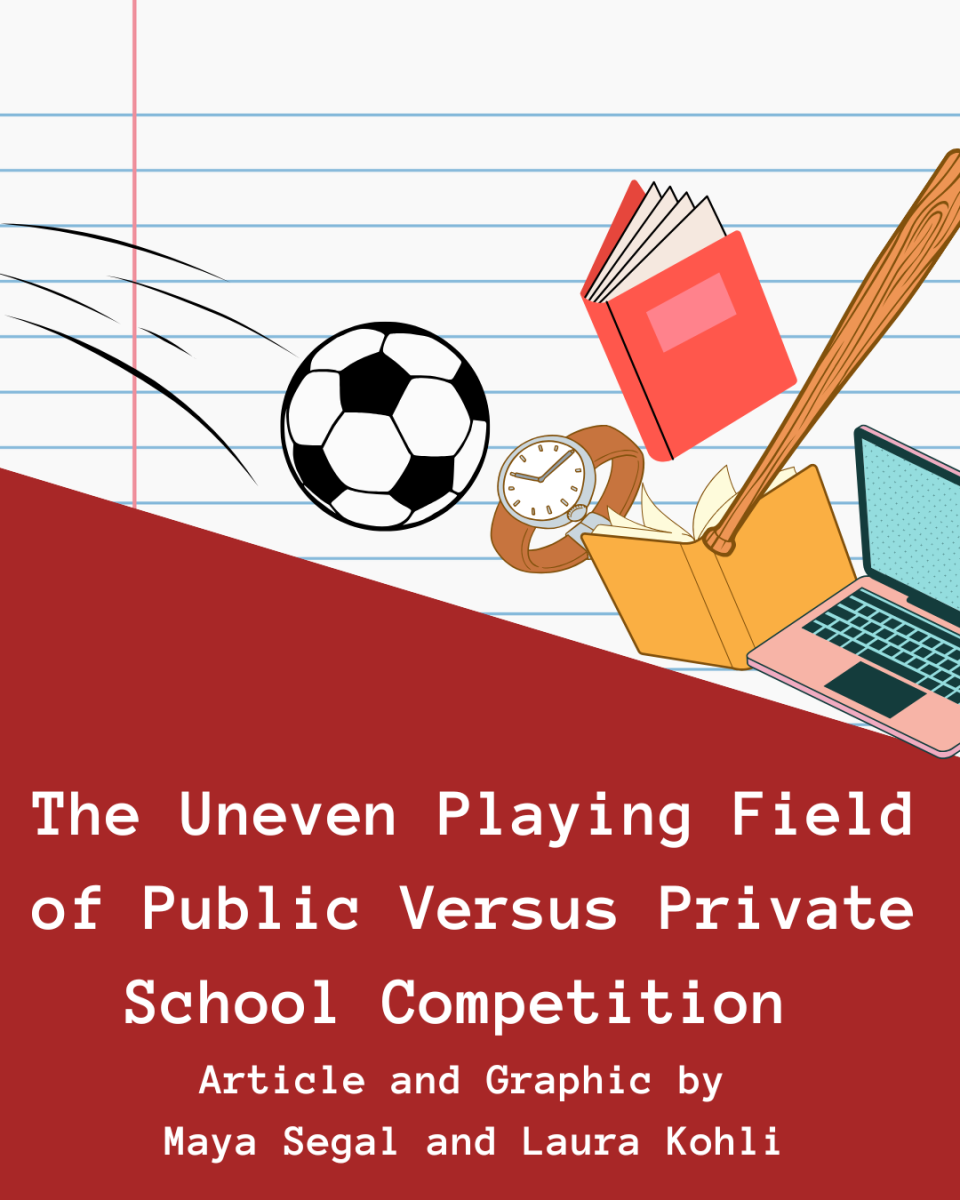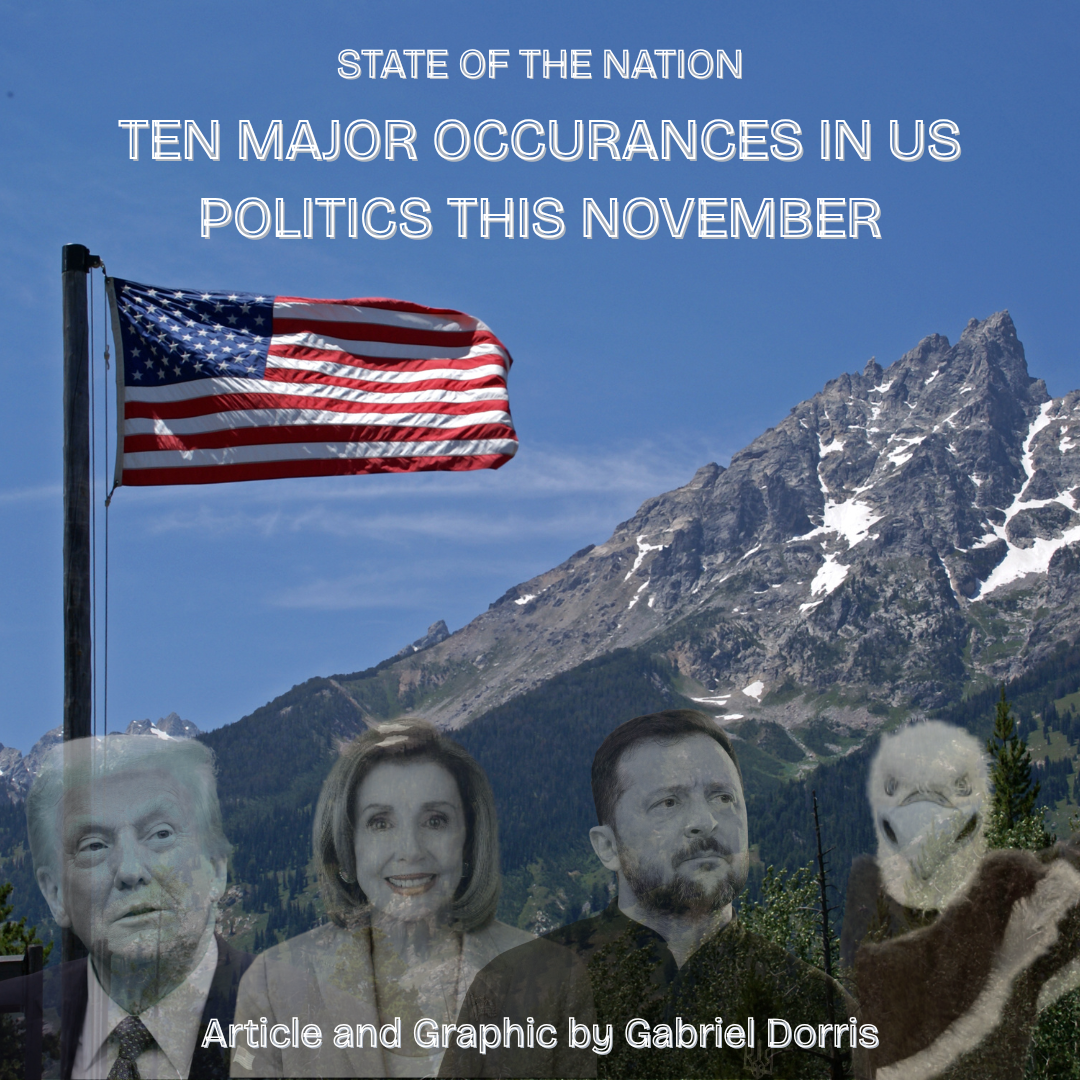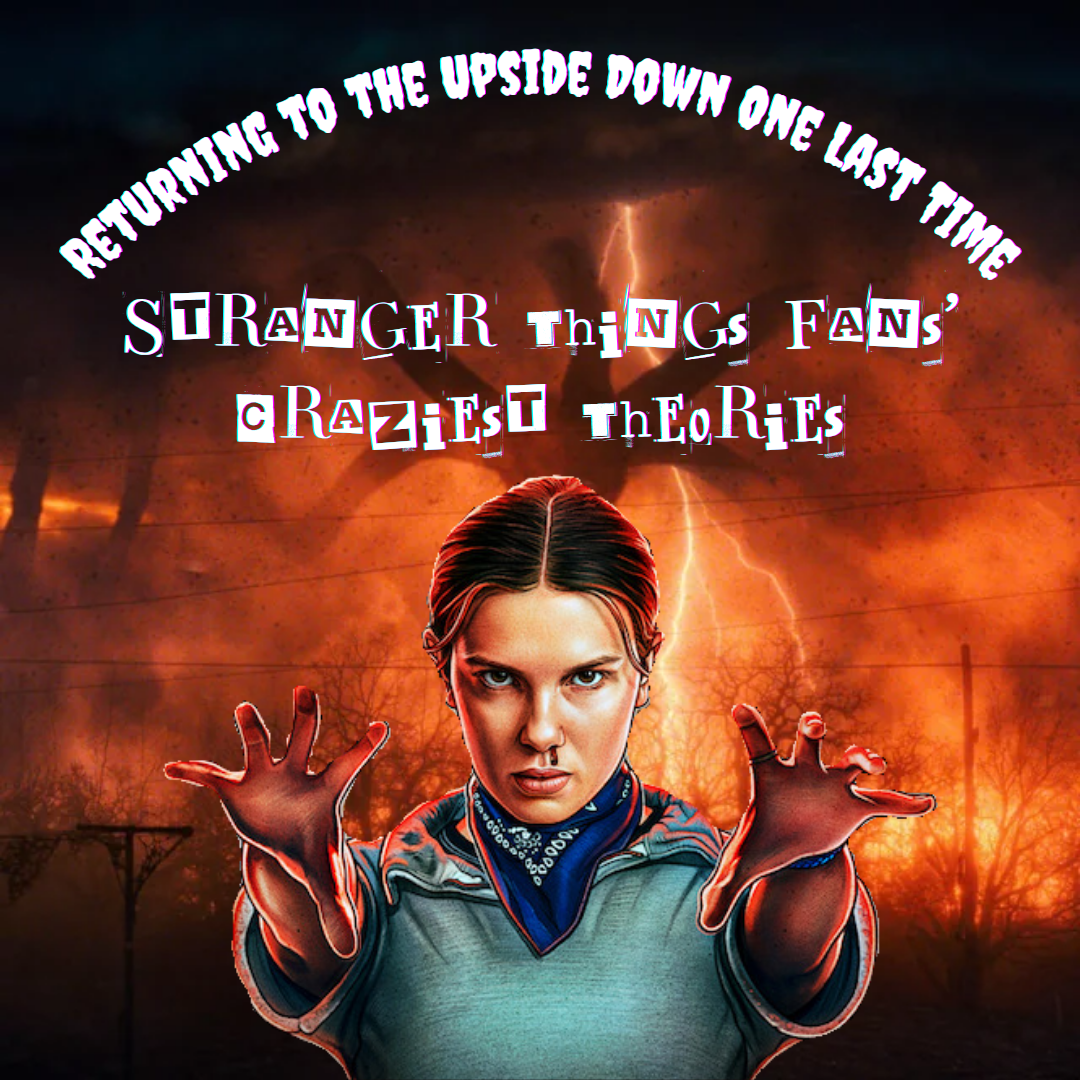I was born on October 29, 2005, two days before Halloween, so my birthday has always been in tandem with Halloween. When I was two, I dressed up as a doctor with my mom. During elementary school, I was a witch, Snow White. And then, in middle school, I went for the steampunk vibe. These costumes were all made possible by one store, a blip on the calendar, appearing only once a year when the leaves start to brown: Spirit Halloween.
Spirit Halloween is one of the core institutions in America. It’s a genius marketing ploy if I’ve ever seen one. It’s a store that pops up once a year in the abandoned department stores of the USA. Filled with tasteless costumes, jump scare decorations, and an adorable baby section, Spirit Halloween is a hallmark of the season that fills me with more joy than the sound of Mariah Carey’s “All I Want For Christmas Is You” on repeat.
Anyone who has been inside a Spirit Halloween store knows the feeling of confusion and thrill walking through the haphazard isles, thrown together by underpaid teenagers. Despite the chaos, Spirit Halloween isn’t all chainsaws and rainbows. There are real criticisms of their content and costumes, and these aren’t unfounded. The costumes found at Spirit Halloween range from cute babies to creepy repairmen and a lot of things in between. One of the most egregious sections, however, is the “Indian Section”, a go-to aisle for cultural appropriation and sexualization of Native Americans. We R Native explains cultural appropriation occurs “when someone from the dominant culture (i.e. the most visible and accepted culture in a society) takes aspects of an oppressed culture (one experiencing any form of repeated or prolonged discrimination) without permission.” They elaborate that the issue is that this misusage does not benefit Native peoples in any way. Native costumes are nothing new, and very few hands are clean when it comes to misusing Native symbols, even if it is in good faith. Costumes like sexy nuns, drunk priests, and goofy Rabbis, have a similar negative impact. They can diminish the importance of religious symbols and practices, and in turn – especially in the case of Native Americans – lead to the pervasion of backward racial stereotypes. Some will retaliate that these costumes are harmless and are all for jokes. Regardless of their intention, what’s important is that in practice they do harm and mock a wide swath of beliefs.
So what do we do about it? As I’ve said, Spirit Halloween is a part of American life every October, and the section of scary masks is a source of great joy for parents trying to traumatize their kids. The answer is simple. Spirit Halloween, and Halloween as a whole, are so much more than lazy stereotyping costumes. You can still have comedic costumes with weird puns that don’t sexualize entire religions, and taking out the Native American section would not cut profits by that much. Zippia says Spirit Halloween generated 1.1 billion USD in revenue last year, so obviously they are not scraping the bottom of the barrel for funds.
Removing harmful stereotypes doesn’t take away the magic of Spirit Halloween, in fact, I would argue it helps it. When you’re wandering around with a fake severed leg slung over your shoulder, the site of a Native American headdress fills your mouth with a sour taste as you realize that people are still wearing them, even though headdresses are representative of so much more than a funny costume. Spirit Halloween should remove those controversial pieces and replace them with something harmless, see ‘Top 10 Best Halloween Costumes’ for some great ideas. It’s time to move past the lazy cultural appropriation and embrace costumes that don’t make light of Native suffering.


